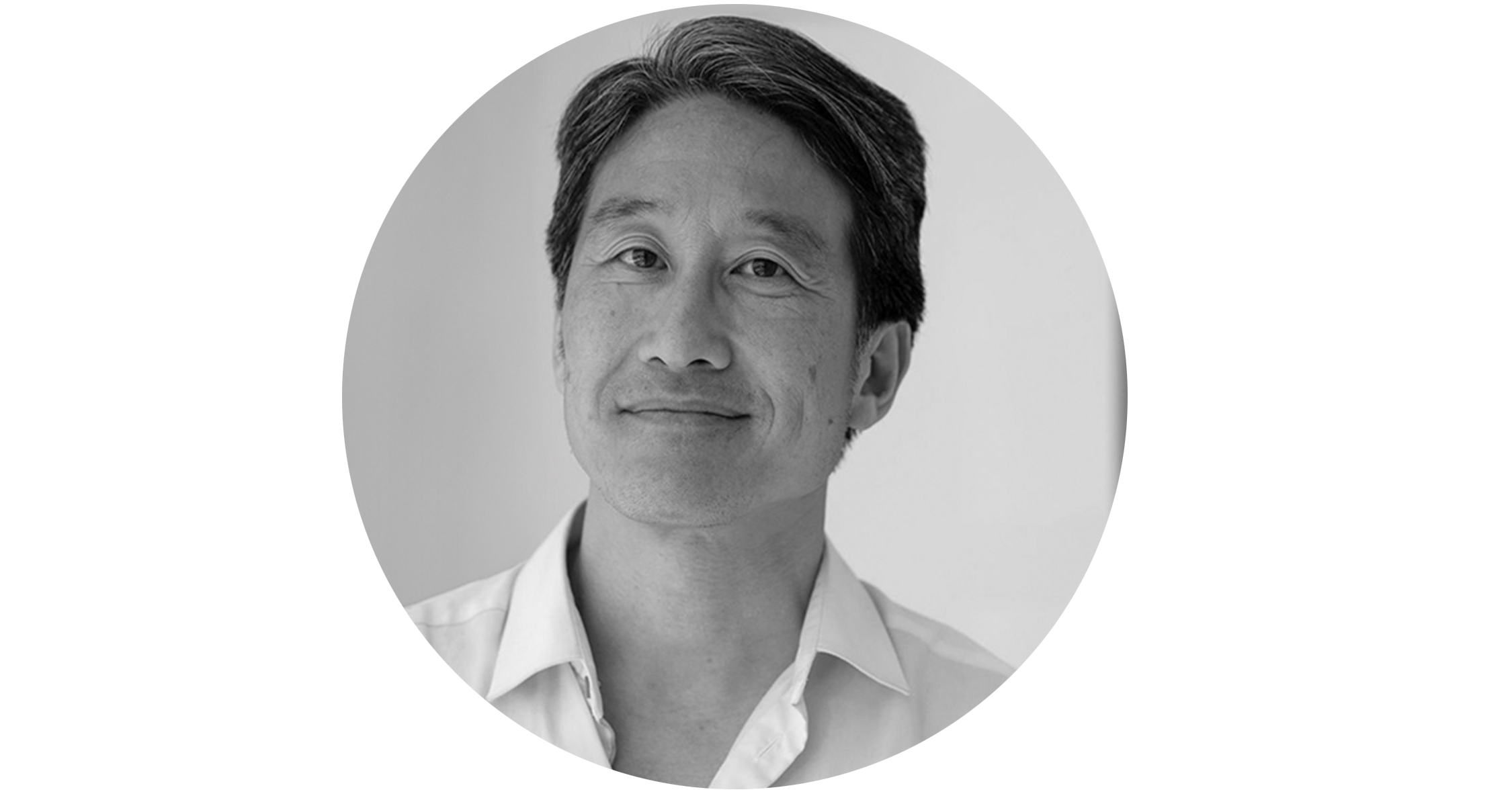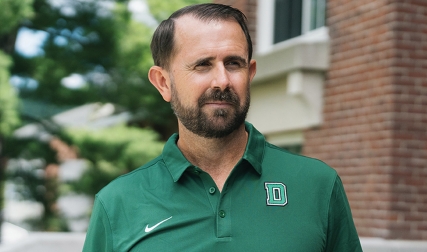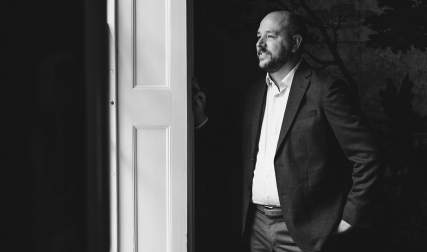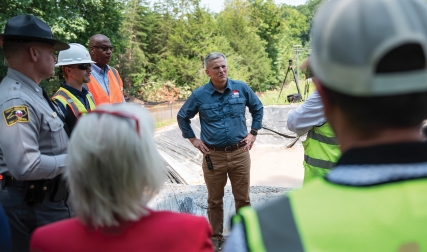Growing up in British Columbia, Alex Lau did everything he could do to immerse himself in the outdoors. “I took the long way walking home from school so I could go through these incredible forests,” he recalls. As a boy staring up at trees stretching their branches into the sky, he never thought he’d one day reimagine how timber could be manipulated to create an entirely new product.
Lau, executive chairman of InventWood, buzzes with energy when he talks about his core product, Superwood—a patented formulation that changes everyday wood into a material that is fire resistant and stronger than steel as well as six times lighter.
Initially founded as a research organization in 2016 and based in Maryland, InventWood raised more than $15 million this past spring in its first significant round of venture capital funding.
This summer, the first iteration of Superwood was used for building exteriors, with the goal that it ultimately will be used to construct entire homes and commercial buildings, says Lau, who divides his time between Maryland and his home in Vancouver, Canada.
“I’m really interested in this as a material because I think it’s not just good for the planet. It’s good for humanity,” Lau says. “People are putting up buildings at the fastest rate we ever have in human history, and doing it by building concrete jungles, but these aren’t efficient.”
To build a typical condo, for example, takes weeks of pouring concrete over rebar, allowing it to set, and then repeating the process, he explains. “The future of a building is going to be more like IKEA. You pre-design it in a computer, ship it to a site rapidly, then assemble it like furniture.”
Superwood is the brainchild of Liangbing Hu, a materials scientist formerly at the University of Maryland, now at Yale, who in 2018 strengthened the cellulose found in regular timber. Lau, then a property manager in Vancouver, read a magazine article about the process and realized Hu hadn’t yet commercialized the idea. He contacted the scientist, and they worked together to launch the startup.
The strengthened cellulose nanocrystal in Superwood is much stronger than a carbon fiber. The company treats the nanocrystals with food industry chemicals—which Lau won’t name for proprietary reasons—that modify and compress the molecular structure of the wood, boosting the hydrogen bonds between the cellulose molecules.
Lau explains: “These trees are full of holes like straws that suck water up into them to keep those leaves cool. But those pores become weakness in the wood. Super-wood compresses the material together and in a way squeezes out the imperfections in the wood.” He holds up a slab of Superwood. “This material can’t bend or break like regular wood can. Someone offered a sumo wrestler $100,000 to break this exact slab, and he couldn’t do it,” he adds with a smile.
Lau is especially proud of Superwood’s climate-friendly properties, which offer a carbon-sequestering alternative to emissions-intensive materials such as steel and concrete. Unlike those materials, each beam of Superwood stores carbon.

Lau wasn’t always interested in alternative building materials. Majoring in cognitive science at Dartmouth, he began to wonder whether he could apply his education to artificial intelligence. But during an undergraduate internship, he had the opportunity to travel with the International Labour Organization to Geneva, Switzerland, where he sat on the second preparatory committee for the 1992 Rio Earth Summit. “It was pretty clear that world leaders weren’t doing enough to tackle climate change,” he recalls. “I thought I should try something myself.”
He later worked in China to learn about clean-tech businesses, but when he came across Superwood, that light-bulb moment propelled Lau to involve himself more directly in a startup. Today, he has begun to see the real-world application of his vision. Architects are using Superwood in plans to rebuild homes in areas of Los Angeles ravaged by the 2025 fires.
“It’s exciting to see a physical embodiment of what we’re doing that’s going to impact people,” he says. “What is also great is how we’ve got decades of growth ahead of us.”
Z Smith, principal and director of sustainability and building performance at the architectural firm EskewDumezRipple, has been following Superwood’s progress closely. “If this product becomes a bio-based alternative to steel and concrete, it could be a real game-changer,” Smith says.
“Every architectural firm I know is salivating for the product,” says Paul Hawken, a sustainability expert and author of the book Carbon: The Book of Life. “It will fundamentally change building design and construction.”
David Silverberg, a Toronto-based writer who covers business and agriculture, wrote “Modern Farmer” in the July/August issue.




